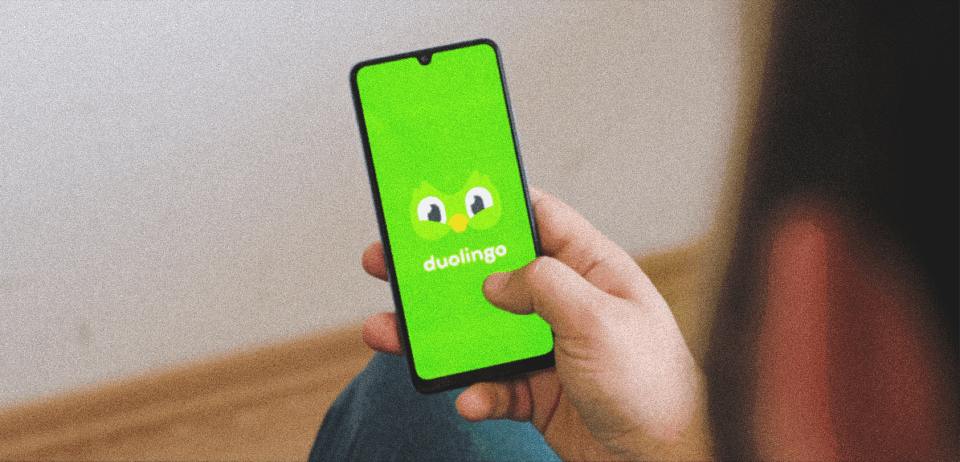
An In-house Marketing Agency: Broke Pepsi but Made Duolingo
An in-house marketing agency is the brand’s own creative and media operation sitting inside the company, serving one client only: the business.
External agencies bring cross-category perspective and scale. In-house teams trade that breadth for deeper brand intimacy, faster turns, and tighter data control.
While we compare both, neither model is a religion. It is a resource choice with measurable trade-offs. However, recent surveys have shown a sudden shift towards in-house marketing agencies. A couple of years back, ANA (Association of National Advertisers) reported that 82 percent of member brands now operate an in-house agency, up from 58 percent a decade earlier.
So, what’s happening? Let’s dive deep inside the world of marketing agencies and their mechanics.
The Strengths of an In-house Marketing Agency
Building an in-house marketing unit can be a powerful move if done right. Here are the strengths that make companies invest heavily in their own teams:
1. Brand consistency and deep knowledge
In-house teams live and breathe the brand daily. They are immersed in its products, customer challenges, and business goals. This makes their campaigns more authentic and consistent. They are not outsiders trying to learn the brand voice; they are the voice. For companies with strong brand identities, this level of familiarity is priceless.
2. Cost efficiency in the long run
While the upfront cost of hiring a full-time team may seem heavy, the long-term savings are significant. Instead of paying high agency retainers, hourly fees, or project-based costs, companies can streamline expenses by having salaried employees focused entirely on them. The money saved on outsourced creative hours can often be redirected into actual campaigns.
3. Faster execution and flexibility
No waiting for agency timelines or negotiating project scopes. An in-house team can pivot quickly, jump on trending topics, and execute campaigns on tighter deadlines. This agility makes them more adaptable in fast-changing industries like fashion, tech, and consumer apps, where being late by even a few hours can mean missed opportunities.
4. Data privacy and control
With in-house teams, sensitive data never leaves the company’s walls. This is a critical advantage for industries like finance, healthcare, or any company that deals with confidential customer information.There’s no risk of leaks, and the brand maintains control of its analytics and insights.
5. Stronger cross-functional collaboration
Being inside the company allows marketers to work closely with product teams, sales, and customer service. This collaboration improves alignment. The marketing team can get real-time product updates, instant feedback from sales, and direct insights from support teams. That loop strengthens both strategy and execution.
Subscribe to our bi-weekly newsletter
Get the latest trends, insights, and strategies delivered straight to your inbox.
Case study: Duolingo and its in-house marketing power
If you want a case where in-house speed, tone control, and cultural feel turned into commercial momentum, Duolingo is your case study. The team grew the green owl into a social character with its own storyline and leaned into platform-native humor instead of sterile brand safety theater.
According to Adweek, Duolingo’s monthly active users jumped from about 40.5 million in 2021 to roughly 116.7 million, with quarterly billings up 40 percent in the cited period. This brand did not rent a vibe from an agency for a few hero flights. It built a content machine that lives in the product’s culture.
Platform results tell the same story. TikTok’s own case study credits Duolingo with a follower base surge above 1,400 percent during a campaign window, reaching 38 million unique users and driving more than 90 million video views while hitting hard metrics like installs and retention.
When the social strategy team sits next to product and analytics, you can run at that pace without waiting through external scopes and SOW revisions.
Duolingo’s senior social lead became the public face of the brand’s voice, and the machine kept operating at scale. That kind of continuity is easier to maintain when the team is your team.
However, complacency and tunnel vision creep in. You can become very good at repeating yourself.
The disadvantages of in-house marketing agencies
Of course, in-house marketing is not a golden ticket. It comes with its own set of disadvantages that brands need to navigate.
1. Limited creativity and external perspective
An in-house team may grow too comfortable with the brand. Over time, they risk falling into creative echo chambers. Unlike external agencies, they don’t get fresh input from working with multiple industries. This can make their campaigns predictable or out of touch with broader trends.
2. High upfront costs and talent retention issues
Hiring, training, and retaining top creative talent is expensive. Agencies attract creatives with diverse projects, while in-house teams can feel limited working on the same brand every day. Burnout and turnover are common challenges.
3. Lack of scalability
In-house teams can manage ongoing needs, but large-scale campaigns may overwhelm them. Hiring freelancers or temporary staff adds complexity, and without agency support, companies may find themselves underprepared for sudden growth or crisis communication.
4. Risk of complacency
Because they are tied to one company, in-house teams might become risk-averse. They may avoid bold experiments that could fail, leading to safer but less impactful campaigns.
A notable case here is Pepsi’s infamous Kendall Jenner ad in 2017. While the brand had strong in-house creative involvement, it lacked the external cultural sensitivity check that agencies often bring. The result was a tone-deaf campaign that received global backlash. It served as a reminder that sometimes outside perspectives are critical.
When to use in-house or outsource marketing
The real trick is not choosing one over the other forever but knowing when to lean on in-house and when to bring in external expertise.
Use in-house teams when brand consistency, speed, and deep integration with company culture are vital. This works especially well for digital-first companies like apps, e-commerce platforms, and subscription services where quick iterations matter.
Use outsourcing when the brand needs fresh ideas, large-scale campaigns, or specialized expertise like influencer partnerships, Super Bowl ads, or global launches. External agencies also bring valuable distance, allowing them to spot potential pitfalls that internal teams might miss.
Many brands today adopt hybrid models. They keep core marketing in-house but collaborate with agencies for specialized or high-stakes projects. This balance allows them to enjoy the strengths of both worlds without being locked into one system.
Cut to the chase
In-house marketing agencies are rising as companies crave brand control, speed, and cost savings. They can create cultural moments, like Duolingo has, or stumble if they become too insular, as Pepsi did. The smart move for most professionals is not to frame this as an either-or choice but to think strategically.


